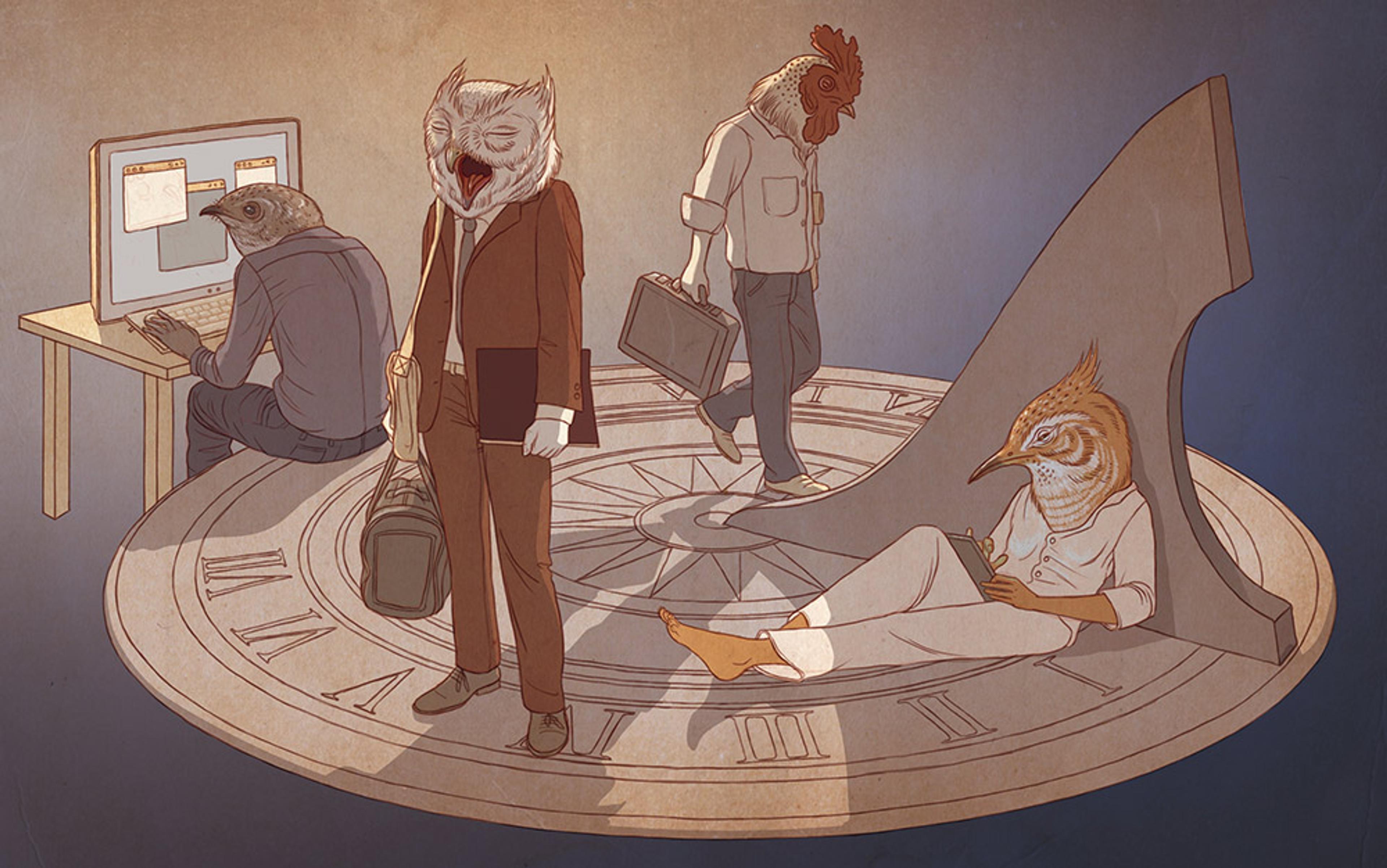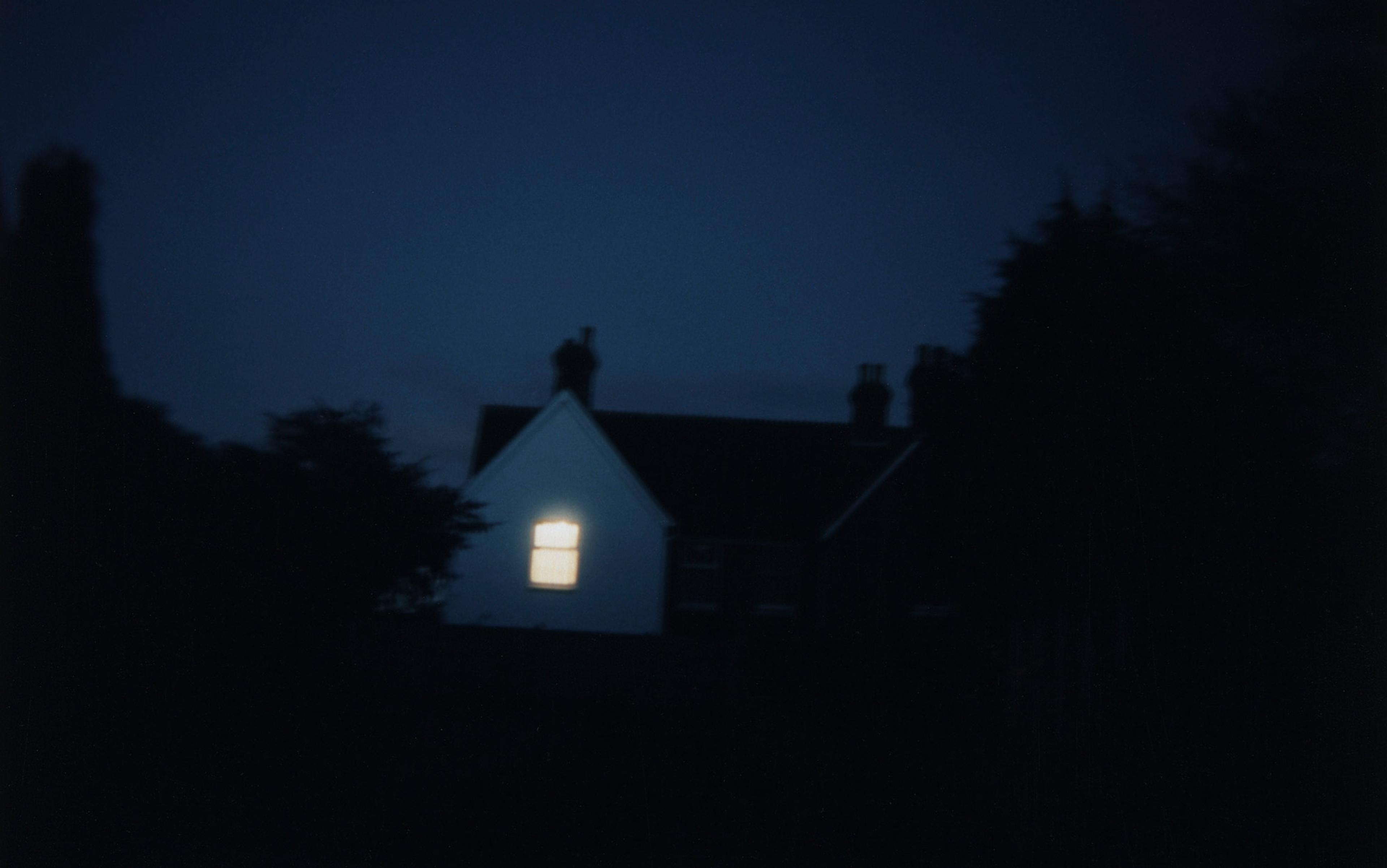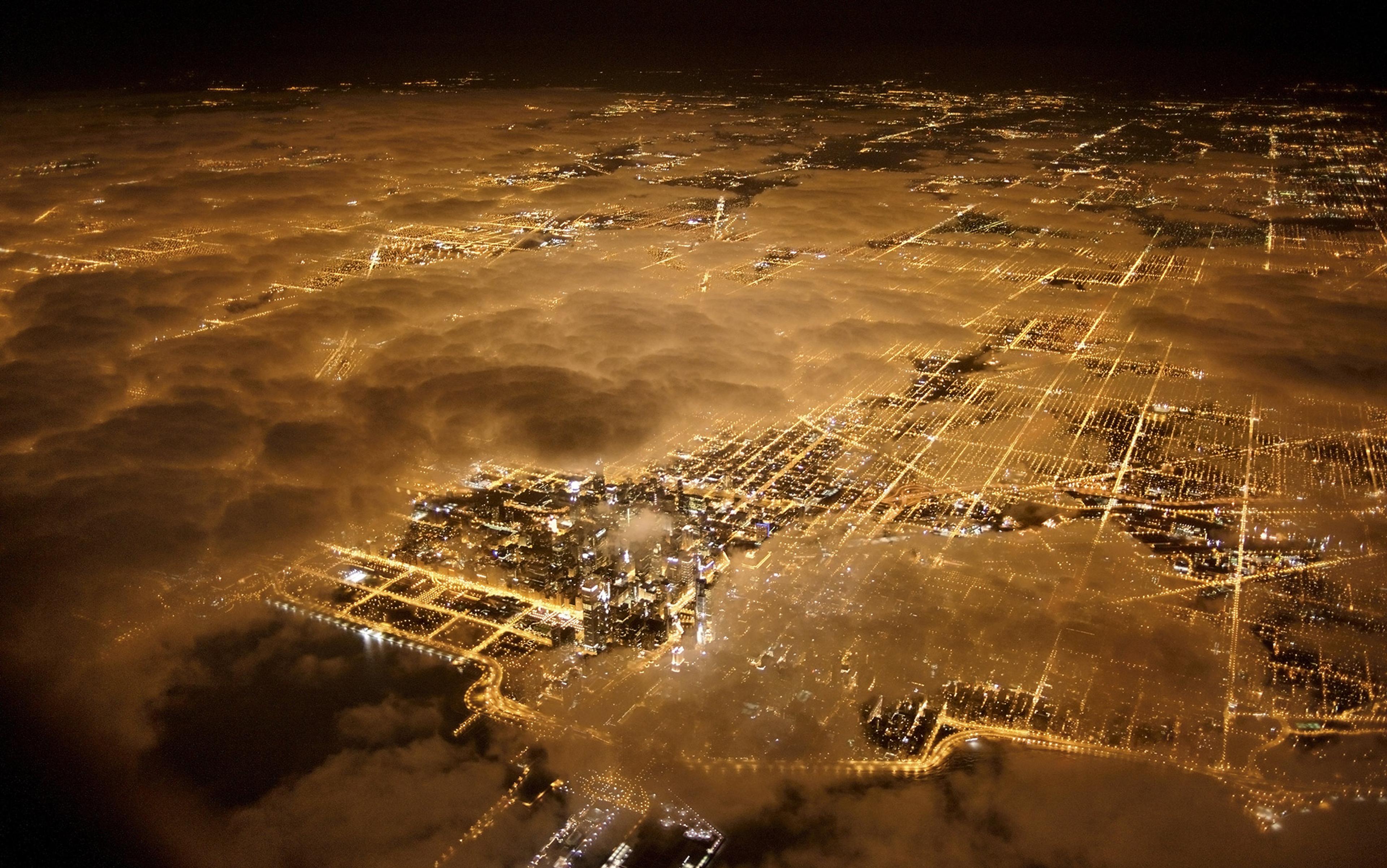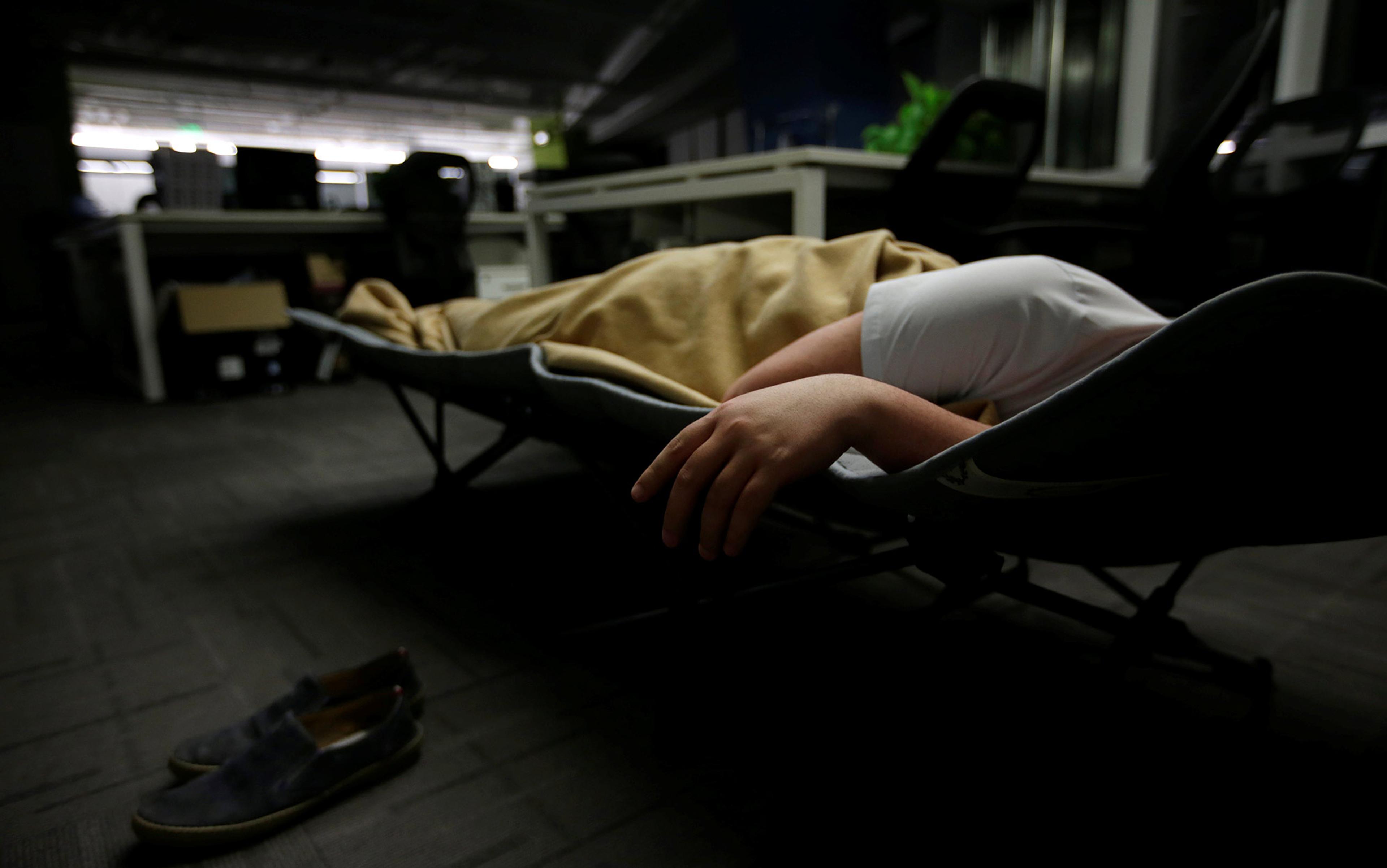Few things inspire the sort of gut-wrenching guilt I feel every time I wake up at three o’clock in the afternoon. The shame rolls down my body like a wave as soon as I see the time ticking by on my phone, like realising I had one too many glasses of wine the night before. I have wasted my time and proven myself lazy in the eyes of my fellow man. May as well pull the sheet back over my head and pretend the day never happened at all.
I know this feeling all too well of late. I often accidentally sleep past my alarm, well into the afternoon. It’s not (solely) because I am a layabout writer. I am currently engaged in an unscientific experiment, disassociating my circadian rhythms from the regular day-night cycle. Earlier this year, I left my job as an editor to do some travelling and pick up more freelance work. My partner works for a news website that allows him long stints away from the office. We could be based anywhere — as long as we could stay on US East Coast time — so we cancelled the lease on our home, moved our furniture into storage, and started booking tickets.
Our general waking hours would be 7am to midnight EST, with slightly more flexibility at the weekends. The meant we had the opportunity to explore western Europe, parts of north Africa, South America, and Central America (Asia and other points east were out, as I’d essentially be a vampire). Who wouldn’t tolerate the minor annoyance of a skewed schedule for a chance to see so much? For a while in my early 20s, I worked as a baker, waking up predawn to travel from Brooklyn to Manhattan’s Lower East Side, or sometimes staying up all night at the bakery to have cakes waiting for the first orders. Our little experiment couldn’t be worse than that. Surely we would never even need to face jet lag. Our bodies could avoid the uncomfortable process of transitioning to local time.
And so our travels began. While in Lisbon (EST+5 hours) for a month, I woke about noon and tumbled downstairs for a morning coffee. On a beach in the Pacific Northwest (-3), I rose well before dawn, and in Paris (+6), I would brush my teeth at 6am, preparing not for work but for bed. Back in New York (0) for a few weeks, I briefly indulged in the soothing guidance of familiar social patterns. Shortly, I am heading for Barcelona (+6) and later, Buenos Aires (+1). My situation is known as circadian desynchrony; I am estranged from the solar day.
I knew little about the science of body clocks and sleep, or its history, when I embarked on my first trip. The French astronomer Jean Jacques d’Ortous de Mairan was an early scientific observer of these biological cycles in 1729. Daydreaming while writing, he saw his mimosa plant curling its leaves up for the evening. He decided to test whether the plant had an internal clock by locking it in a bureau. In his book Internal Time (2012), Till Roenneberg, a professor of chronobiology in Munich and president of the World Federation of Societies for Chronobiology, describes the result. Even when deprived of natural light: ‘The plant evidently continued to “know” the sun’s position and to be “aware” of night and day … Every morning before the sun had properly risen, the leaves were up, and every evening just before the sun had set, they were furled.’
The plant’s internal cycles were independent of the external world. But it wasn’t until the 1950s that Franz Halberg, one of the founders of chronobiology — the study of these internal cycles — introduced the term ‘circadian’ to describe inbuilt biological rhythms. Also that decade, REM sleep was identified, our understanding of the complex nature of sleep — that it is composed of stages, rather than a static bloc — was advanced, sleep apnea was classified, and melatonin discovered. It was a busy time for sleep.
Sleep accounts for about a third of our existence. Despite its fundamental role in our lives I gave little thought to what changing my sleep schedule in relation to the solar day every few weeks might do to me.
When I arrived in Lisbon after a red-eye flight from New York, I walked out of the airport and into a sunny day. On the East Coast, it was 3:20am. In Lisbon, it was 8:20am. As the sun hit my eyes, my brain determined it must still be the day before. From that moment on, my body and I engaged in a low-stakes battle for what would become my normal sleeping hours. I tried to take a nap, knowing I needed to be awake until 5am local time; my body resisted, arguing that I should wait out the afternoon. Floor-to-ceiling windows lined one bedroom wall, covered by diaphanous curtains that billowed in the breeze, letting streams of sunlight pour onto the bed. Most travellers are familiar with the symptoms of jet lag and work to resolve them by adapting to their new time zones as soon as possible. But I had hoped that the jet lag would help me to avoid adjusting to new patterns of daylight and darkness. However, that sunlit room had other ideas.
The term jet lag was coined in about 1966; before that, a slow boat across the Atlantic or a horse ride across Asia allowed humans to adjust gradually to their new surroundings (internal clocks can adjust by approximately one hour per day). External or environmental cues to our internal clocks are called zeitgebers, German for time-givers. These factors include temperature and, most importantly, light: the most important sign for early humans on when to hunt and when to lie low came from the sun. There are also internal cues, processed by a region of the brain called the suprachiasmatic nucleus, or SCN. This tiny bundle of grey matter controls the body’s circadian rhythms. It does this partly by influencing the pineal gland, which produces the sleep-inducing hormone melatonin, available in some parts of the world as an over-the-counter supplement. (When I was 13, I experienced jet lag for the first time while staying with a friend in Turkey whose mother woke me every night to give me a melatonin pill. ‘This will help you sleep,’ she told me. ‘But I am asleep,’ I would hazily protest.)
We generally live on a 24-hour cycle tethered to daylight. But in sleep experiments in which people are deprived of any external cues including daylight and access to clocks, most individuals revert to a free-running cycle of about 25 hours; zeitgebers rush us ever so slightly ahead of our internal time. Some of the earliest of these experiments were carried out by the German scientist Jürgen Aschoff and his colleague Rütger Wever, who was then at Princeton. They built two bunkers in Bavaria from which all signs of the time outside were eradicated. They were window-free, soundproof — even designed to keep out electromagnetic field changes. Subjects inside the bunkers were carefully monitored mentally and physically (including by means of a rectal probe attached by a long cord to a wall outlet). As predicted, most people stayed on a cycle that was slightly longer than 24 hours, sleeping about a third of the time, over the course of about three weeks. Like de Mairan’s mimosas, humans had their own schedules, whether the sun rose or not.
These concepts — early, late — become fuzzy when in reality, you’re struggling to shower by noon
Our clocks reside within us; external cues synch them to the exterior world, keeping us from shifting further from the solar cycle every day. We experience jet lag because of this internal time ticking away as the sun rises and sets. ‘Whatever the exact period is for the body clock,’ an article in 2007 on jet lag in the medical journal The Lancet stated, ‘its timing needs to be adjusted to the solar day.’ That is why jet lag is known medically as desynchronosis. The traveller has become temporally untethered from her surroundings.
That first day in Lisbon, I eventually fell into a light sleep. From then on, my body fought me with increasing urgency as each day passed, prodding me awake when sunlight began to filter through the curtains, no matter how recently I’d gone to sleep. The jet lag originally made it relatively easy to stay on East Coast time (rising at local noon and staying up until dawn), but that quickly faded as my circadian rhythms scrambled to adjust to solar time. I would become extremely tired at strange points in the day, and almost always had to take a nap by about 11pm. During my mornings (Lisbon’s afternoons) I was disoriented and short-tempered. Meals were difficult to schedule and we often skipped them, relying on snacks and coffee when eating at midnight felt too unappetising. I began to gain a little weight and was put on a mild antidepressant. And always, I found myself waking slightly earlier and fighting off sleep a little earlier every day.
It is quite difficult for adults to sleep past noon; our circadian cycle ages with us, from the early‑morning waking hours of childhood to the late nights of adolescence, to the boring middle road of maturity. Of course, within these broad trends there are many variations in our personal clocks. Chronobiologists call these variations chronotypes — the internal timing controlled by genetics that pushes morning-person ‘larks’ to rise earlier and late-night ‘owls’ to stay up a bit longer. According to the Munich Chronotype Questionnaire (MCTQ), widely used in sleep studies, I am a ‘slight late type’, meaning that I am mildly on the owl end of the lark-to-owl spectrum. When I arrived in a new place, jet lag made the shift to an early schedule easy enough, but soon my chronotype tried to reassert its dominance, pushing me back toward a later day.
In New York, I would generally wake up by 8:30am. Now, the irregularity of the time on the clock when I wake up makes it difficult to track minor shifts in my sleeping schedule. I tried to push myself to be as early a riser as our EST schedule would allow in Paris (+6), but these concepts — early, late — become fuzzy when in reality, you’re struggling to shower by noon. During my late-wake-up phases, I feel that flash of shame when I wake. I’m not alone; in most cultures there is a stigma attached to sleeping late. In the US, we grow up hearing that the early bird gets the worm; in Russia, Roenneberg relates, ‘The early riser gathers mushrooms, the sleepy and lazy one goes later for the nettles.’ This, of course, needn’t apply to me. My worms and mushrooms are available at any time of day, and my slightly late chronotype means I am more productive in the evenings than my lark peers. But it is uncomfortable to give up our ingrained notions of the proper uses for a day and a night.
Before air travel and its accompanying temporal displacement, humans made their first leap to detach from natural time cycles with the introduction of the electric light bulb. The widespread use of light bulbs also made shift work possible, inaugurating the night shift. That is essentially what I am doing in Europe. I turn on all the lights in whatever apartment I am renting, stare at my computer, and try to convince my brain that I am bathed in sunlight. As Steven Scharf, a sleep expert at the University of Maryland, told me, some do better than others at these awkward time arrangements. To minimise disruptions as a shift worker would, he suggested I use blackout curtains to keep out morning sun and wear yellow glasses in the evening that would cancel my blue-light exposure.
‘If you truly want to stay on East Coast time, which I would not recommend, you would have to stay on your sleep schedule but also strictly stay away from sunlight and bright lights,’ he told me. That’s not bad advice, although it isn’t advice I can take. The raison d’être for this entire experiment is the few hours we can eke out before the busiest part of the EST workday, meaning we tumble out of bed and race to tourist attractions or dash to lunch reservations first thing in the morning. Were I at home behind blackout curtains, any justification for the tribulations we put ourselves through would be gone.
I wonder now if I was too cavalier in my dismissal of the clock ticking away inside me. Illness brings home the extent to which our higher consciousness is bound to our bodies, not independent of them
Light is our most important time-giver, the primary method by which our internal clocks are set and reset. So it is unsurprising that the introduction of our own personal suns has had such a wide-ranging effect. Only a couple of years ago, neurologists at the Thomas Jefferson University in Philadelphia realised that the blue light I was warned to avoid has a particularly strong effect on circadian rhythms. In a study in 2001 led by Christian Cajochen, a chronobiologist at the University of Basel in Switzerland, researchers asked 13 men to stare at computer screens for five hours per night. One week, they gazed at fluorescent monitors, which emit a variety of light colours; another week, they used LED-lit screens, which are twice as blue. Researchers described ‘huge differences’ between the two experiences, with those watching the bluer screens showing depressed melatonin levels later into the night. Our human bodies, built for the sun, now absorb the blue lights beaming out from endless tiny screens, subtly changing our internal clocks, murmuring at us to stay up a bit longer, delaying the soothing melatonin release that would lull us to sleep.
A few weeks ago, I became more seriously ill than I have ever been in my adult life, eventually needing surgery. The doctors who treated me couldn’t give any definite answers as to why I became sick so suddenly. I don’t believe that my strange sleep schedule put me in a hospital bed, but it made me rethink my position on the battle against my circadian rhythms. Before the illness, I had felt that the discomfort was worth the experience, even if my sightseeing was limited by my schedule. I believe that the power to go against one’s nature is one of the traits that make us uniquely human.
But I wonder now if I was too cavalier in my dismissal of the clock ticking away inside me. Illness brings home the extent to which our higher consciousness is bound to our bodies, not independent of them. A study on behalf of the World Health Organization published in The Lancet in 2007 suggests that circadian disruption, such as that caused by shift work, is probably carcinogenic in humans, and research this year by Paolo Sassone-Corsi and colleagues at the University of California at Irvine shows that circadian rhythms control the body’s response to pathogens such as salmonella. As I lay in the hospital, I wondered what forces I was reckoning with as I fiddled with my internal dials.
I still enjoy my nomadic life, even the frustrating process of orienting myself to different countries and states, going through the rebirth of learning to communicate and navigate (and get cellphone service) in a new city. As I pack for Barcelona (+6), I prepare to battle my circadian rhythms once again, leaving behind my ‘slight late type’ chronotype for the realm of the true night owl, up until 6am and asleep until afternoon. Over the course of about six days, I will choose not to allow my sleeping pattern to adjust to the solar day. But I have gained a more robust respect for my individual circadian rhythm, ever-so-slightly distinct and operating whether the sun rises in the east or not. My internal clock ticks like a second, unseen heart within me. I am willing, now, to begin listening more closely to its beat.






